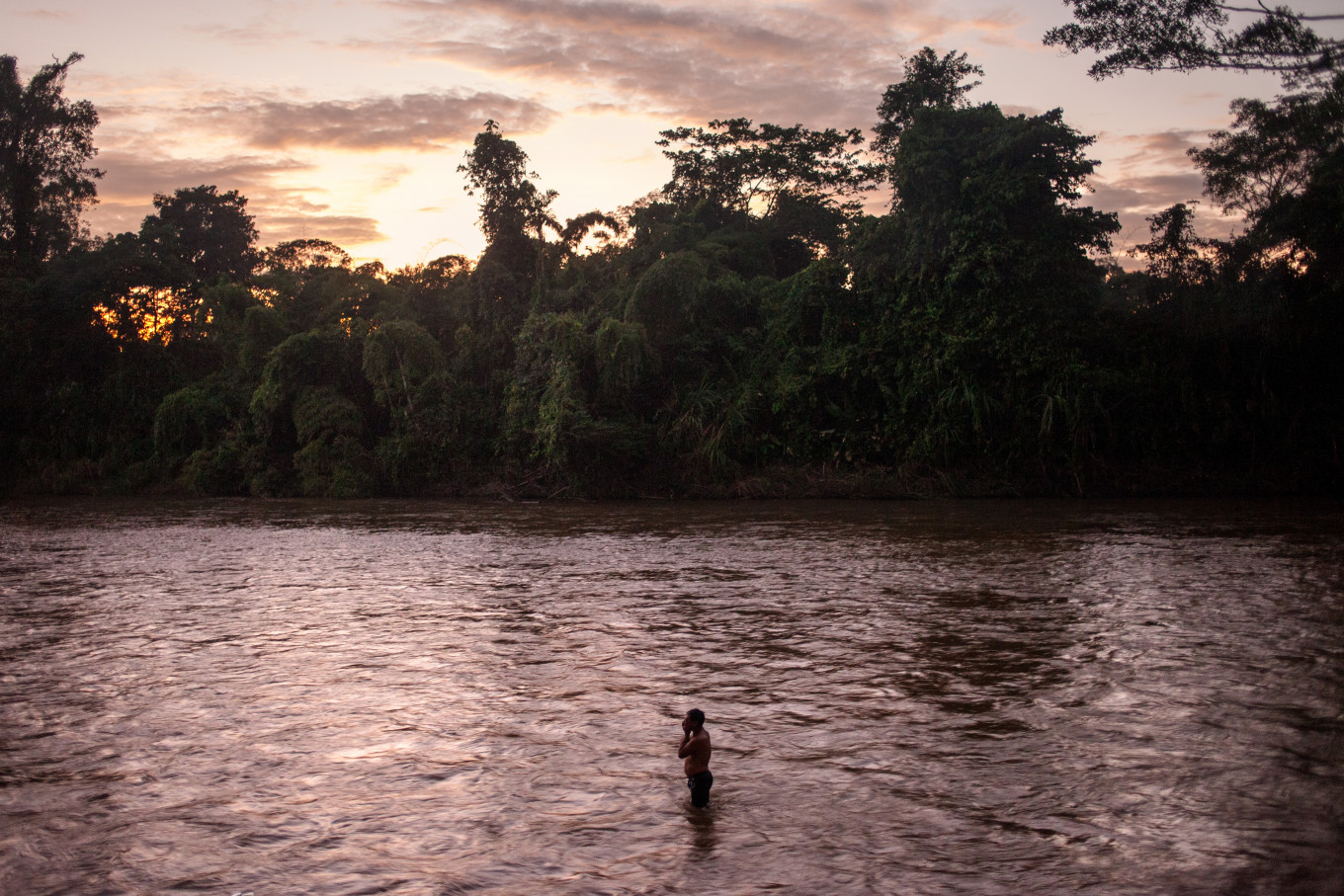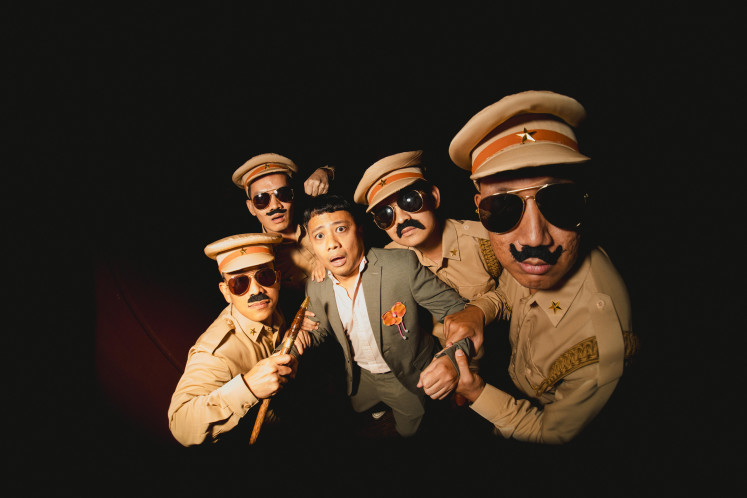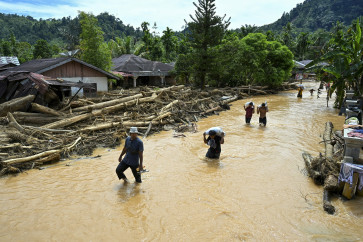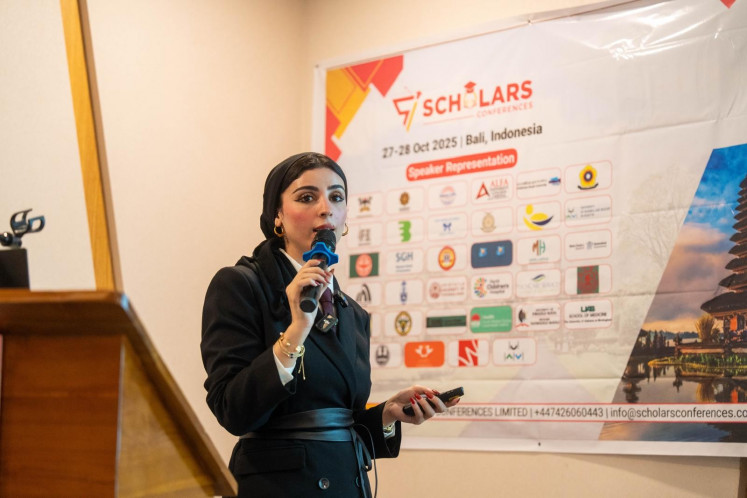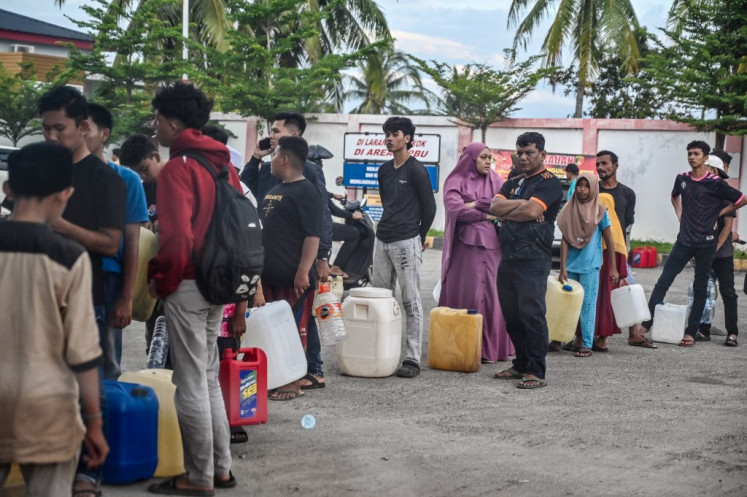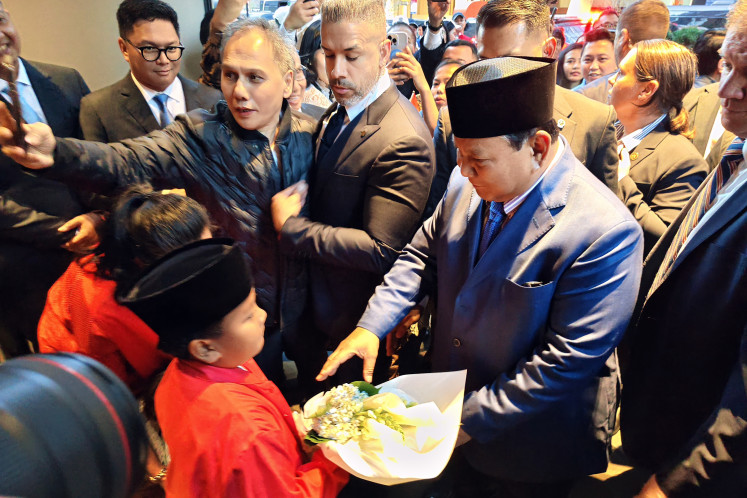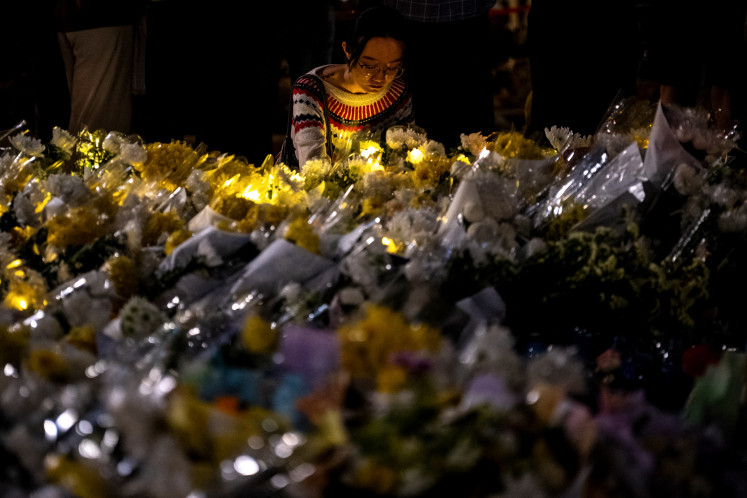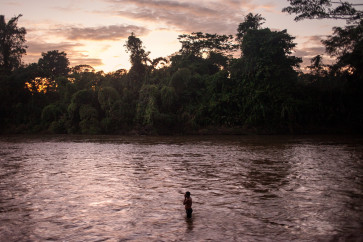Popular Reads
Top Results
Can't find what you're looking for?
View all search resultsPopular Reads
Top Results
Can't find what you're looking for?
View all search resultsIn Ecuador's Amazon, solar panels bring 'fire canoe' dream to life
Change text size
Gift Premium Articles
to Anyone
E
cuador's rainforest Achuar people say their ancestors long dreamed of a "fire canoe" or "electric fish" that would let them move swiftly along the region's winding rivers, to more easily reach other distant Achuar communities in the largely roadless jungle.
Now, the arrival of solar-powered boats is turning an old myth into a modern reality.
Three solar boats - an Achuar design topped with protective roofs covered in solar panels - now ply a 67-kilometre (40-mile) stretch the Pastaza and Capahurari rivers in Achuar territory, connecting nine indigenous communities.
The craft have allowed communities without previous access to motorized boats to travel more swiftly, and others that had been using diesel engines to cut costs, move quietly and better protect their waterways from pollution.
“The solar-paneled canoes have been a huge help in connectivity, especially for the most (economically) vulnerable families,” said Oscar Mukucham, 22, who saw a first pilot solar canoe as a teenager and now is employed building them for Kara Solar, the manufacturer.
“We have this dream as Achuar people to conserve our waterways,” he added. “The boats are a huge connective force in our lives.”
Oliver Utne, the founder of Kara Solar, a solar-powered river transport, energy and community enterprise in the Amazon, said the idea for the solar craft emerged about a decade ago.

